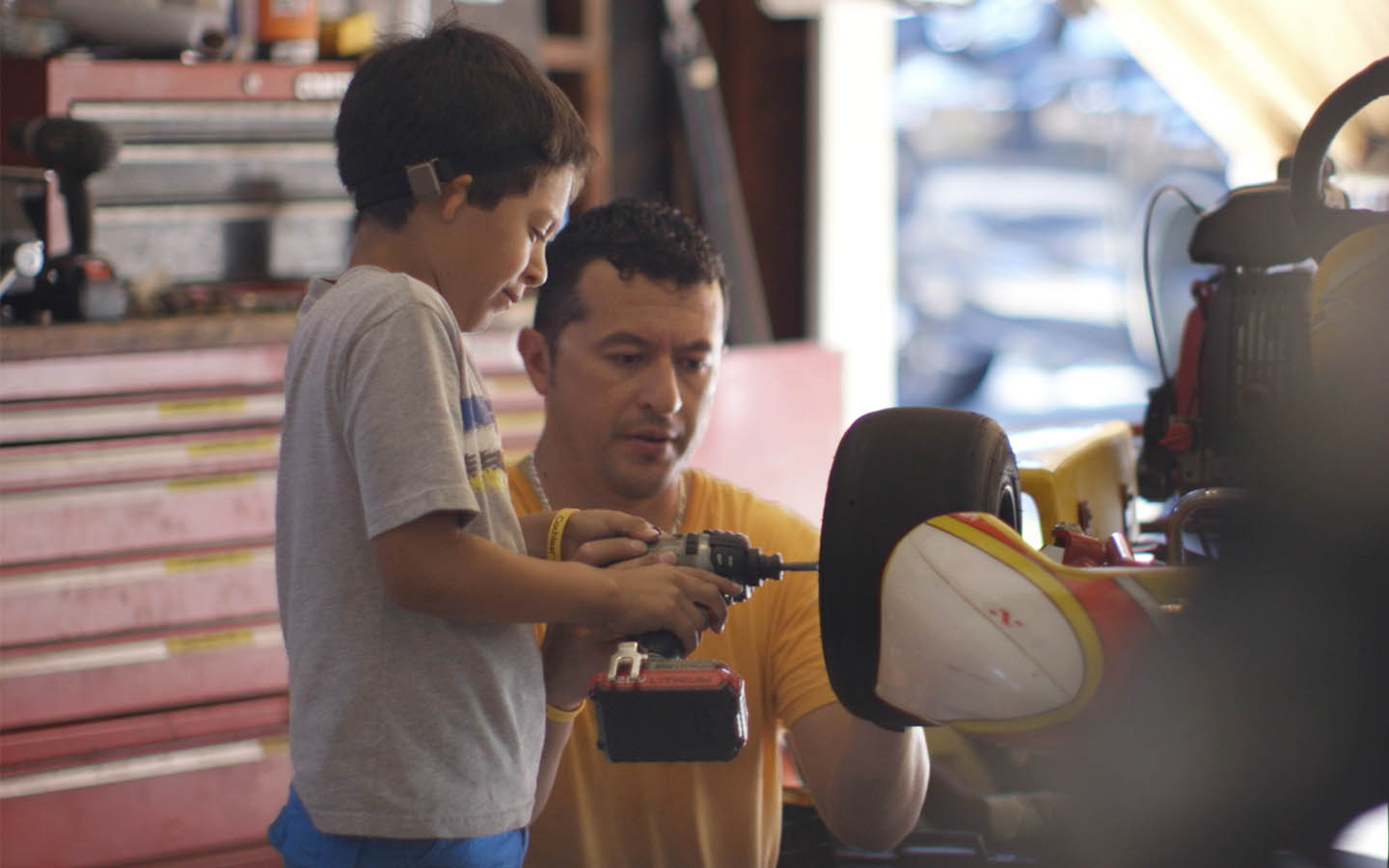Baha® implant candidacy
The Baha® System uses bone conduction hearing to help people tune into the sounds of life. Learn more about who might benefit from a Baha implant.

The Baha Attract and Baha Connect systems are generally indicated for conductive hearing loss, mixed hearing loss and single-sided sensorineural deafness.
The following guidelines may help determine the best system depending on the needs of the patient.
Who might be suitable for a Baha implant?
The Baha bone conduction implant system offers smart, small1 and powerful2 technology designed to help people hear.
Adults and children
You may generally consider Baha implants for people who:
-
Have conductive hearing loss in one or both ears. Patients with conductive hearing loss can benefit from the Baha system because it bypasses any conductive roadblock by routing sound directly to the cochlea via bone conduction.
-
Have a mild to moderate mixed component to their hearing loss. The greater the air-bone gap, the more the candidate may benefit.
-
Have single-sided deafness – because the Baha system bypasses the deaf ear and delivers sound directly to the hearing ear’s cochlea.
-
Get limited benefit from a hearing aid, particularly in challenging listening situations like background noise or when in a big group.
-
Are unable to wear hearing aids.
-
Have no medical contraindications.
Children of most ages may benefit from Baha implants, and there is no upper age limit for Baha implantation.
Choosing the right system
There are two types of Baha® system – the Baha Attract system and the Baha Connect system. Both feature the Baha implant as their foundation. Patients can transition between systems if they need to.
Baha Attract System
-
Conductive hearing loss
-
Mild mixed hearing loss
-
SSD with low transcranial attenuation
-
Discreet
-
Easy to use
-
No wound care
-
Suitable for patients with poor dexterity.
Baha Connect System
-
Mixed hearing loss
-
SSD with large transcranial attenuation
-
Candidates with progressive hearing loss
-
Maximum performance and retention.
Non-surgical wearing options are also available that allow patients to trial bone conduction hearing or keep for long-term use.
This material is intended for health professionals. If you are a consumer, please seek advice from your health professional about treatments for hearing loss. Outcomes may vary, and your health professional will advise you about the factors which could affect your outcome. Always read the instructions for use. Not all products are available in all countries. Please contact your local Cochlear representative for product information.
For a full list of Cochlear’s trademarks, please visit our Terms of Use page.
References
- 629761 Smart and small – innovative technologies behind the Cochlear™ Baha® 5 Sound Processor Mark Flynn.
- Gustafsson J. BCDrive performance vs. conv. bone conduction transducer. Cochlear Bone Anchored Solutions AB, Report No. 611407, 2015.




